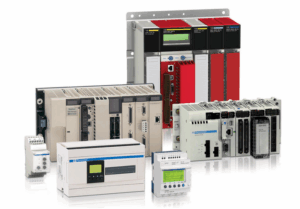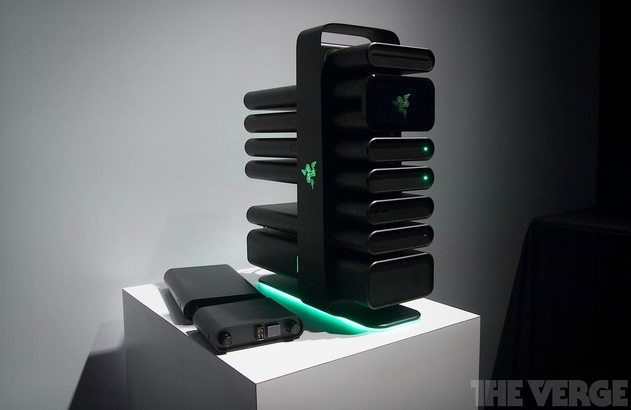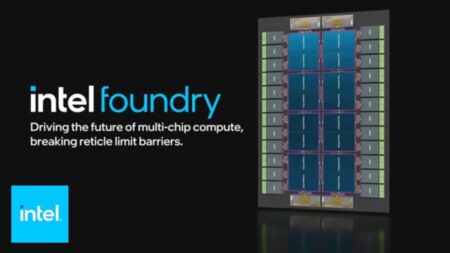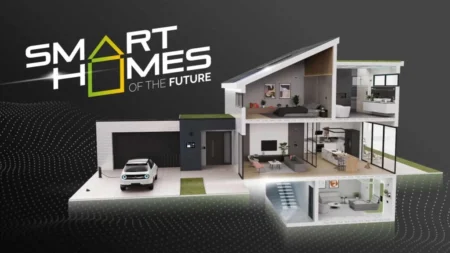Imagine being able to upgrade your laptop’s GPU, add more storage to your smartphone, or replace a faulty CPU in minutes without having to buy an entirely new device. Modular computers, once thought to be a niche idea, are making a comeback in the computing and hardware industry. This article dives into the world of modularity, its history, why it’s gaining traction again, and how it might shape the future of hardware design.
What Are Modular Computers?
Modular computers are systems designed with easily replaceable, swappable, or upgradeable components. Unlike traditional hardware, where most parts are soldered or fixed, modular systems allow users to customize and repair their devices with ease.
Examples of modular systems include:
• Framework Laptops: Highly repairable and upgradeable laptops designed with sustainability in mind.
• Google’s Project Ara (2013-2016): A bold but discontinued attempt to create a fully modular smartphone.
• Custom Desktop PCs: The original modular computing systems, still thriving in the gaming and workstation markets.
Why Are Modular Computers Gaining Popularity Now?
1. Sustainability
The tech industry’s growing e-waste problem has sparked interest in modularity. By enabling users to replace only broken or outdated components, modular hardware reduces waste and extends the life of devices.
2. Right-to-Repair Movement
Governments and consumer advocates worldwide are pushing for laws that make it easier to repair electronic devices. Modular computers align perfectly with this movement, offering repairable and upgradable designs.
3. Cost-Effectiveness
Modular systems can save users money over time. Instead of buying an entirely new device, users can upgrade only the components they need, such as adding more RAM or replacing a GPU.
4. Customization and Performance
Enthusiasts and professionals love the flexibility modular systems offer. Gamers, for example, can build PCs tailored to their performance needs, while creatives can design workstations optimized for video editing or 3D rendering.
Real-World Examples of Modular Computing
1. Framework Laptop
• Designed to be disassembled and repaired by anyone with basic tools.
• Allows users to upgrade processors, storage, and even ports using swappable modules.
• Embraces open hardware standards, encouraging third-party development.
2. Fairphone
• A modular smartphone designed for sustainability and ethical sourcing.
• Users can replace the screen, camera, and battery without specialized tools.
3. Raspberry Pi Ecosystem
• A modular platform for makers, enabling hobbyists to build custom hardware projects with interchangeable components.
4. Dell Concept Luna
• A prototype laptop focusing on repairability and modularity, aimed at reducing environmental impact.
Challenges of Modular Design
1. Market Viability
Modular devices are often more expensive upfront due to the engineering required. This can deter cost-conscious consumers.
2. Compatibility Issues
Ensuring that modular components remain compatible across generations or manufacturers is a significant challenge.
3. Performance Trade-Offs
Modular designs sometimes sacrifice performance or compactness to achieve flexibility.
4. Adoption by Manufacturers
Many companies prefer to design non-modular devices, as it locks consumers into their ecosystem and encourages more frequent purchases.
The Future of Modular Computing
Modular hardware could become the norm in certain markets, especially as sustainability and repairability gain importance. Key trends to watch include:
• Standardized Modular Ecosystems: Industry-wide standards could make components interoperable across devices, similar to USB standards.
• Modular Gaming Consoles: Imagine a PlayStation or Xbox with upgradable GPUs and CPUs.
• Smart Modular IoT Devices: Modular smart home products that adapt to user needs, like interchangeable sensors or cameras.
Companies like Framework and Fairphone are already proving that modularity is viable. If industry giants follow their lead, we could see a broader shift toward repairable, customizable hardware.
Modular computers offer a glimpse into a future where sustainability, repairability, and customization are prioritized over planned obsolescence. While challenges remain, the momentum behind modular computing is undeniable. As technology evolves, modularity could redefine how we interact with and care for our devices.













